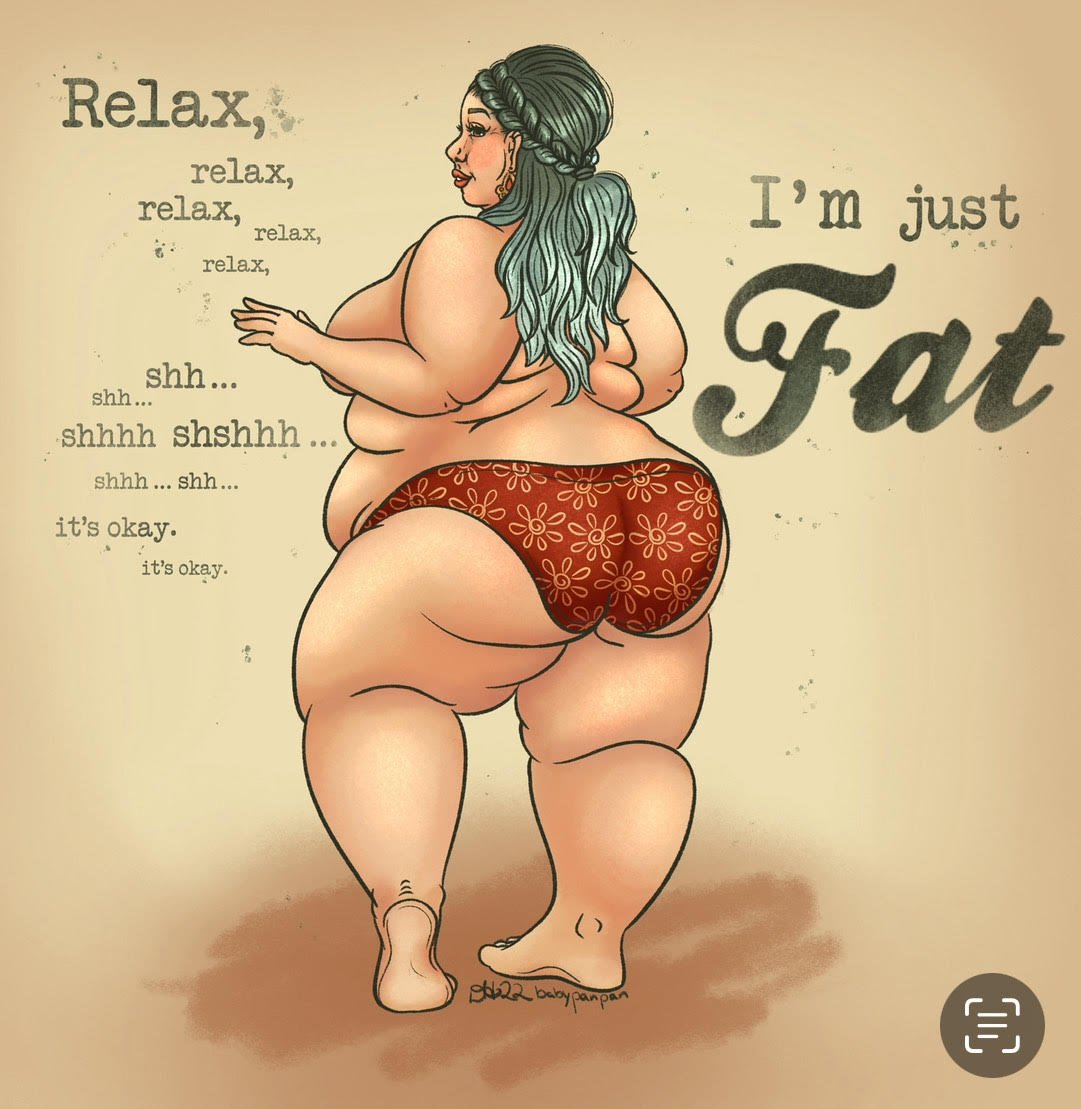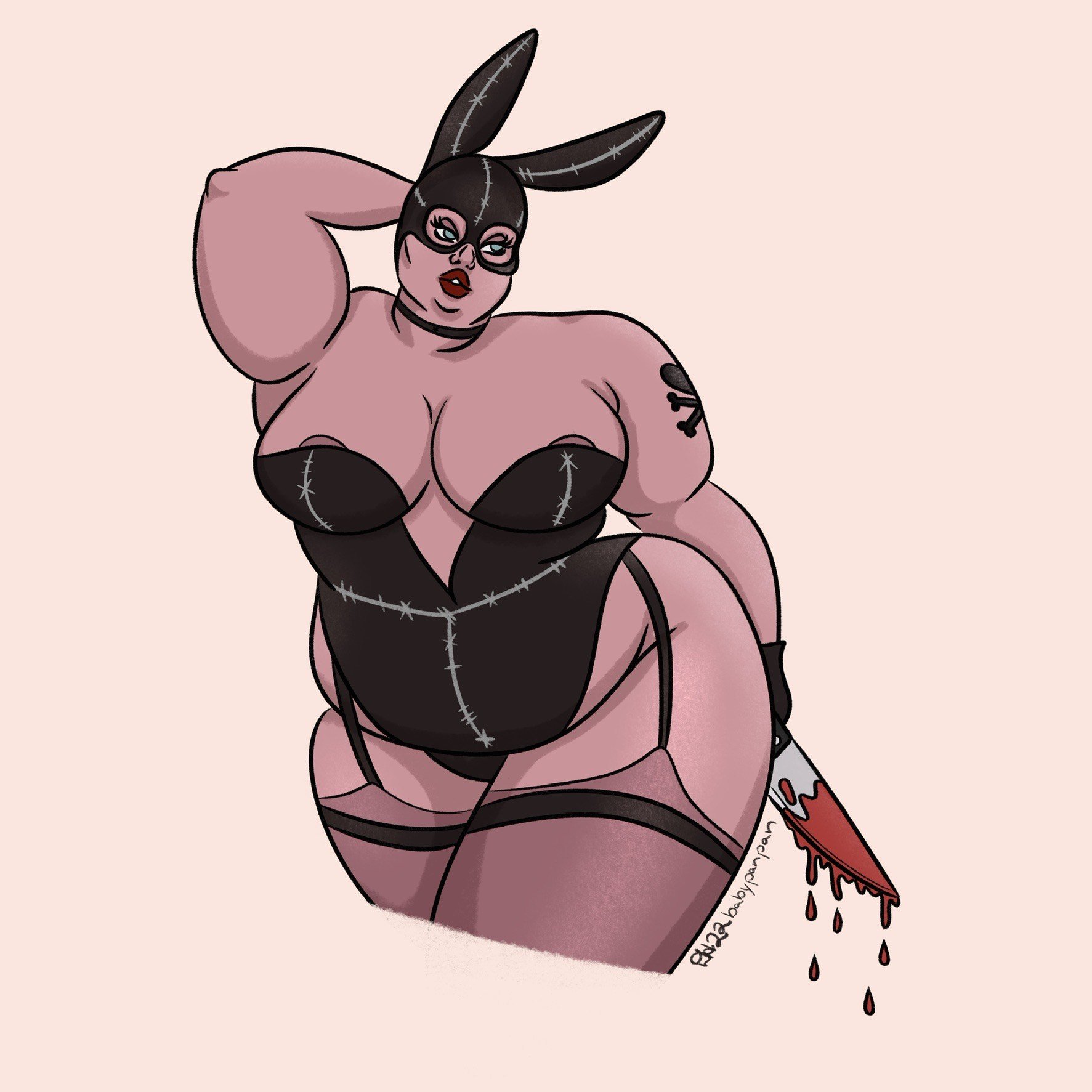fat barbie and me by caitlin barr
As a child, I can distinctly remember slotting my Barbie into her teal open topped Barbie car, satisfied by how perfectly her frame fit into the seat. She was just the right size to cruise around my bedroom floor, only occasionally smashing into furniture when I felt slightly feral. I don’t think I ever compared myself to her – after all, I had the superiority of legs that bent and hands that could move out of a curled position. Quite the opposite from wanting to be her, I wanted to control her. By the time I was 11, and growing to be larger than my female friends, she was barely ever played with, so I gave her unrealistic body no more thought until I gained a basic level of understanding of feminist thought aged 14.
Why couldn’t there be a fat Barbie? It dawned on me that fat Barbie wouldn’t fit in the perfectly proportioned driver’s seat of the Barbie car. She could potentially lie across the backseat, legs sticking up, but she could not drive the car, or sit in the passenger seat. I resigned myself to the idea that Mattel would never make or endorse a fat Barbie. And wouldn’t it be consumerist of me to want a hunk of plastic that was slightly bigger than another hunk of plastic? What difference would a fat Barbie make in a fatphobic world where actual human beings struggle to fit in chairs at restaurants, theatres, theme parks, and on planes and public transport?
Sharon Rooney’s Barbie in Greta Gerwig’s smash hit film changed my mind. She doesn’t feel like a token. She is part of the gang, allowed to be fashionable, looking just as cool as everyone else in a gold jumpsuit, a pastel green tracksuit, a blue beach set. Her fatness isn’t referenced, let alone made the butt of the joke as we have been so used to seeing in dominant media. She doesn’t have to apologise for how she looks or make up for her perceived failures by being the funniest (another trope long associated with being the ‘fat friend’). She’s a lawyer, and a dancer (and what a good job she does!). She’s Barbie just as much as all the other Barbies.
Of course, being funded by global corporation Mattel, Barbie is never going to be the wholly unproblematic, anti-consumerist exploration of the icon that we may dream of. They haven’t started selling a fat Barbie yet, but it seems likely that they will try to ride the wave created by the film. The fact that Sharon Rooney’s Barbie is celebrated, given space in Barbie Land, and gets to be one of the girl group in a way that many fat girls and women feel they aren’t, is important. Not just for little girls, even though they should grow up seeing diverse bodies – for the young women like me who were denied representation like this. Fat bodies need to be normalised – we can only secure respect for fat people in every day life if we’re not seen as ‘other’ by society, and Gerwig’s inclusion of a fat Barbie who is just like the others is one small, high-heeled step towards that.
In an interview with Glamour, Sharon Rooney said, ‘If I can be Barbie, I can be anything’. I’m sure her Barbie doesn’t experience medical discrimination at the hands of Hari Nef’s doctor Barbie, like fat people in the real world do. I’m sure that the seats in Barbie Land are magically just right for her. I’m sure no Ken has ever told her to lose weight, even when they briefly went into villain mode. In short, I’m sure she is treated like a respected and equal member of Barbie Land – I hope that one day we can say the same for fat women in the real world.
Words by Caitlin Barr | IG @caitfrom5to7
Images by Dani Hess




